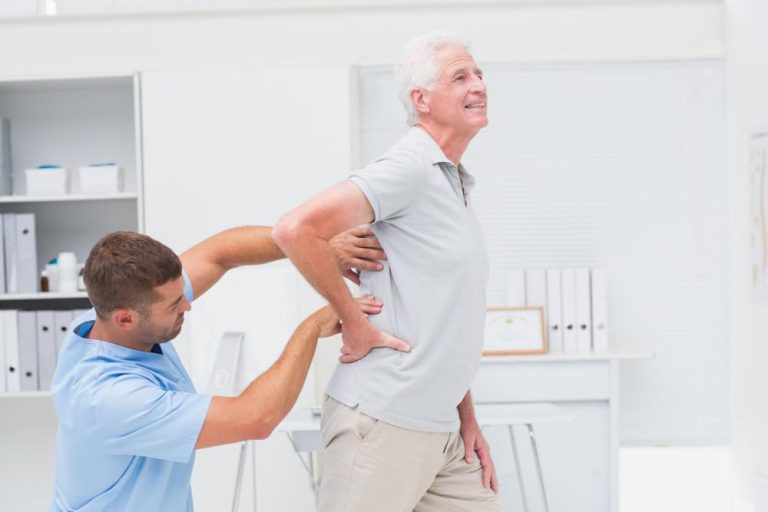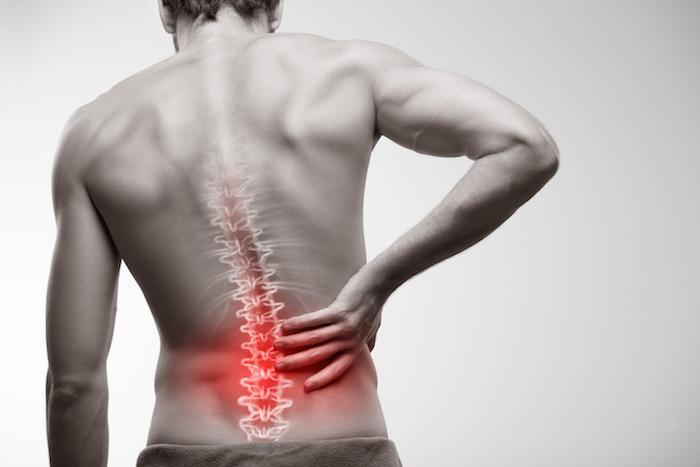Back pain is one of the most common medical conditions, affecting millions worldwide. Whether caused by poor posture, injuries, or degenerative conditions, back pain can significantly impact daily life. While medications and rest may provide temporary relief, physical therapy for back pain is a proven long-term solution that not only alleviates discomfort but also strengthens the spine and prevents future injuries. In this article, we’ll explore the role of physical therapy in recovery, effective exercises, and how it helps prevent recurring injuries.
Understanding the Role of Physical Therapy in Back Pain Recovery
Physical therapy (PT) plays a crucial role in back pain recovery by addressing the root cause of the pain rather than just managing symptoms. A professional physical therapist develops a personalized treatment plan to:
- Reduce pain and inflammation – Through targeted exercises and techniques like heat or cold therapy.
- Restore mobility and flexibility – Helping patients move freely without discomfort.
- Strengthen the muscles that support the spine – Core stability is essential for preventing excessive strain on the back.
- Improve posture and movement mechanics – Teaching proper sitting, standing, and lifting techniques to avoid stress on the spine.
Unlike medications that only offer short-term relief, back rehab through PT focuses on long-term recovery and improved quality of life.
Effective Physical Therapy Exercises for Back Rehab
A structured exercise program is key to back pain rehabilitation. Here are some commonly recommended exercises:
1. Stretching Exercises
- Hamstring Stretch – Helps loosen tight hamstrings that can contribute to lower back pain.
- Child’s Pose – A gentle stretch for the lower back, improving flexibility and relaxation.
2. Core Strengthening Exercises
- Pelvic Tilts – Strengthens abdominal muscles, reducing pressure on the spine.
- Bridges – Targets the lower back and glutes for better spinal support.
3. Low-Impact Aerobic Exercises
- Walking – A simple but effective way to improve circulation and spine mobility.
- Swimming – Reduces stress on the joints while strengthening back muscles.
4. Postural Correction Exercises
- Wall Sits – Improves posture by engaging core and back muscles.
- Shoulder Blade Squeeze – Enhances upper back strength and posture control.
These exercises, when performed correctly and consistently, contribute to spine strengthening and long-term back health.
Many individuals who recover from back pain experience relapses due to poor movement patterns and weak muscles. Physical therapy helps prevent this by:
- Addressing muscle imbalances – Strengthening weak muscles and stretching tight ones to maintain spinal balance.
- Teaching proper movement mechanics – Educating patients on safe ways to lift, bend, and sit to reduce strain.
- Gradual progression – Ensuring that exercises advance at a controlled pace to prevent overuse injuries.
- Promoting long-term activity – Encouraging patients to maintain an active lifestyle to support spinal health.
Through consistent therapy, patients gain the tools needed to prevent chronic pain and maintain mobility.
When to Seek Physical Therapy for Back Pain
If you experience persistent or recurring back pain, physical therapy may be the right solution. Signs that you should consider PT include:
- Pain lasting longer than a few weeks.
- Limited mobility or stiffness that affects daily activities.
- Pain that worsens with prolonged sitting or standing.
- Discomfort that persists despite rest or medication.
Physical therapy can also be beneficial after spinal surgery, helping patients recover safely and efficiently.
Conclusion
Physical therapy is an essential component of spine pain relief and long-term back health. By addressing the root cause of pain, strengthening the spine, and preventing future injuries, PT offers a sustainable solution for those struggling with chronic back pain. If you’re experiencing discomfort, consulting a physical therapist can help you regain movement and enjoy a pain-free life. Contact ASAP today to learn more about personalized physical therapy programs for back pain relief.






